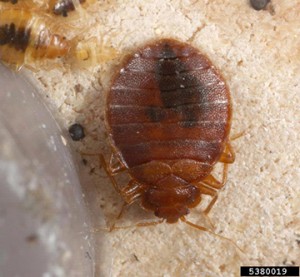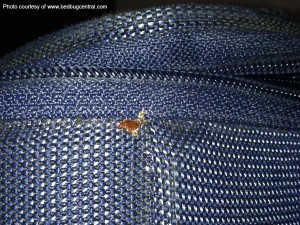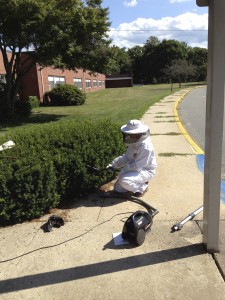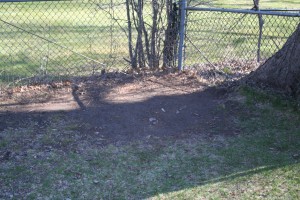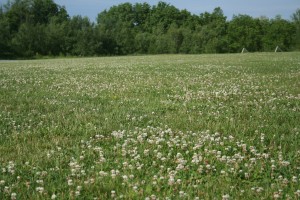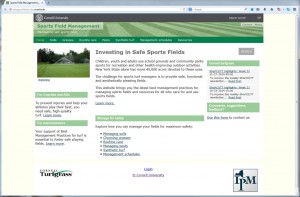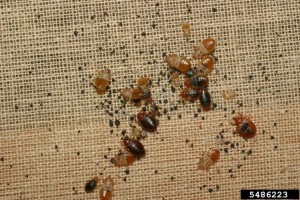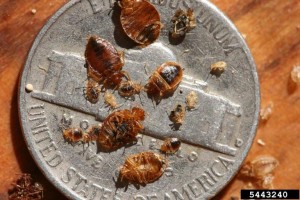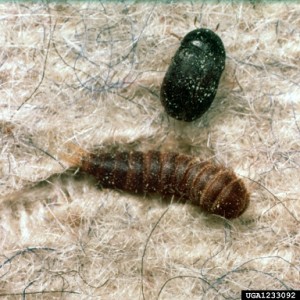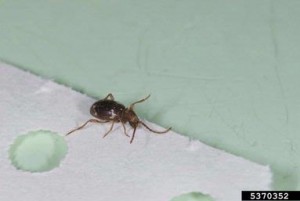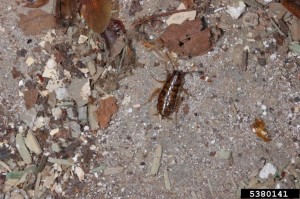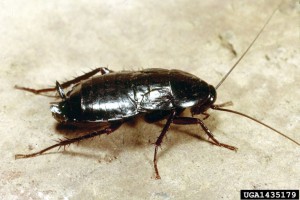What if you or a staff member sees a bed bug?
… on a student or the student’s belongings:
Don’t panic, and don’t assume the insect’s source, but discreetly remove the student from the classroom. If you’re not the person responsible for pest management, contact them immediately. Someone must attempt to collect the insect for proper ID! Examine the student’s belongings, in keeping with your district’s personal property policy. If the insect is a bed bug, contact the student’s parents by phone, explaining the facts without targeting fault. Offer to send educational bed bug information home with the student at the end of the day. There should be no reason to send the student home early. If your district is completely unprepared for this type of event, it’s time to determine a policy. We also suggest a prompt and complete inspection of the classroom by a knowledgeable district employee or a contracted pest control officer.
If a home infestation is suspected or confirmed, promote response and offer guidance. Request the student bring a change of clothes in to school. Clothing and belongings may be kept in plastic bags, and clothing may be heat treated (tumble-dried for ~20 minutes). If there is no evidence of bed bugs at the home of the student, investigate other possible sources. If bed bug infestation is occurring at the student’s home, and continues with little progress, enlist the help of local agencies.
If you found a bed bug on school furniture or elsewhere inside the building:
Isolate the area. Contact the school/district person responsible for pest management. Promptly attempt to collect for proper ID, and if confirmed, schedule a prompt and thorough inspection. Consider sending a letter home to parents of students using that classroom. If a true infestation has begun inside school, parents must be informed. Follow the school’s protocol for treatment. A pest management professional will suggest both a thorough cleaning and a possible pesticide treatment depending on the determined pest pressure.
Samples of information to parents: What NOT to do if you have bedbugs, lo que No debe hacer quando tiene chinches and here
Be ready to: pack up items in the room and place in tight-lidded boxes or large plastic bags. Keep these items isolated so you are not transferring bed bugs to another area. Vacuum along all surfaces, taking particular care along crevices. Wash hard-surfaces in the area with warm, soapy water. Use a tumble dryer (some may have racks, which can be handy) to heat-treat any appropriate material for ~20 minutes on high heat.
If the bed bug was an isolated incident, maintain vigilance by scheduling inspections.
Sample letter for parents – from University of Minnesota
Laundering to kill bed bugs -from University of Minnesota
Bed bugs: What schools need to know – from the Ohio Bed Bug Task Force

